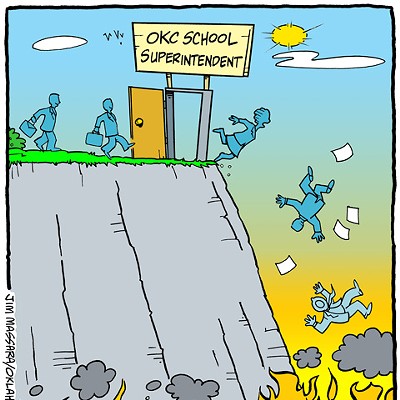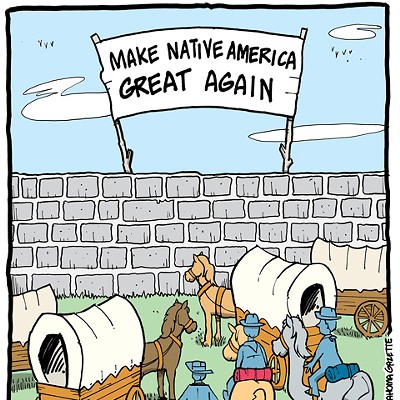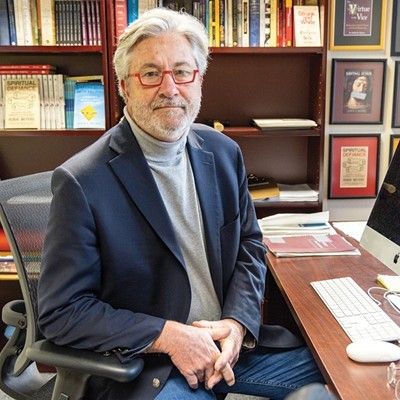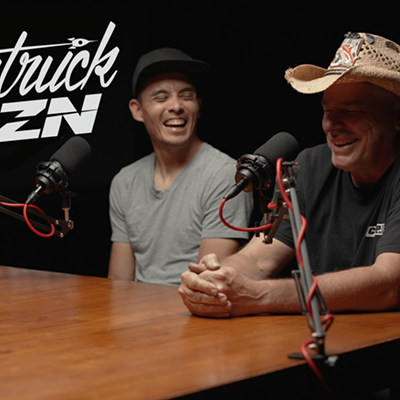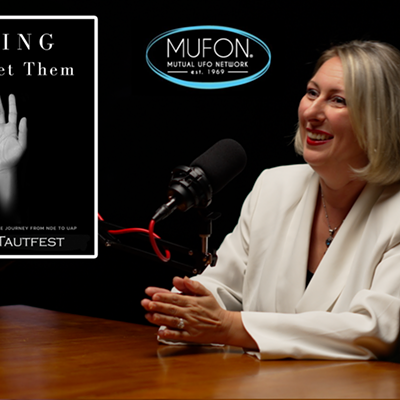Any discussion over what to do about Oklahoma's high incarceration rates must begin with the general acknowledgment the so-called "war on drugs" has been a failure here and across the country.
Nationally, taxpayers pay about $69 billion on an annual basis to fund this war, first declared by former President Richard Nixon in 1971, according to the national organization LEAP (Law Enforcement Against Prohibition). Yet even a cursory look at the statistical evidence about drug convictions shows crystal methamphetamine, heroin, cocaine, marijuana and other illegal drugs remain readily available on Oklahoma City's streets and in the state's rural communities.
In Oklahoma, one out of every 42 people is under correctional control, according to a 2009 Pew Center on the States report, which shows the state spends more than $500 million annually on its correctional systems. (In 1988, the state spent only $113 million on corrections, according to the report.)
In all, 55,640 people were under the state corrections control as of June, according to the Oklahoma Department of Corrections (ODOC). On top of that, the state often ranks first in the nation in female incarceration on a per capita basis.
In June, the top two crimes among offenders under corrections control, according to the latest statistics from the ODOC, were "distributing controlled dangerous substance" (16.1 percent) and "possession or obtaining a controlled dangerous substance" (11.6 percent). Statistical information for other months shows even higher percentages in these two categories. This means that approximately 30 percent of the corrections population, at any given time, is in trouble directly because of drugs.
So the questions are obvious: If the 38-year war on drugs is going so well, why do Oklahoma's prisons remain overcrowded with inmates on drug convictions? After nearly 40 years of drug fighting at the war level, shouldn't illegal drugs be virtually nonexistent in the state? Why do Oklahoma taxpayers have to pay for a portion of this perpetual war?
LEAP, which is an organization made up of law enforcement members and others advocating for a repeal of drug prohibition, recently placed a billboard on N. Broadway in Edmond that reads: "Drug Abuse is Bad. The Drug War is Worse." This is true. The group compares the current drug prohibition to alcohol prohibition, which was repealed in 1933. Once prohibition ended, crime rings related to alcohol were put out of business, the group argues.
Those against legalizing drugs often point to the suffering and family discord associated with hard drugs. Why implicitly promote this suffering through legalization? Given Oklahoma's meth problem, this seems like a rational argument, and it's hardly likely all drugs will be legalized anytime soon.
But by at least decriminalizing simple possession of drugs, especially marijuana, and by developing more treatment centers, Oklahoma and the nation could substantially reduce its incarceration rate and collectively save taxpayers billions of dollars. This could be helpful right now in Oklahoma as revenues decline.
Meanwhile, a preliminary report from an architectural team suggested a new or renovated Oklahoma County jail could cost from $391.1 to $436.7 million, according to media reports. That's an incredible amount of money, and county commissioners were understandably reluctant to endorse the high cost.
One rational answer to the county's current jail dilemma is to end the war on drugs and support treatment programs.
Hochenauer is an English professor at the University of Central Oklahoma and the author of the Okie Funk blog.



